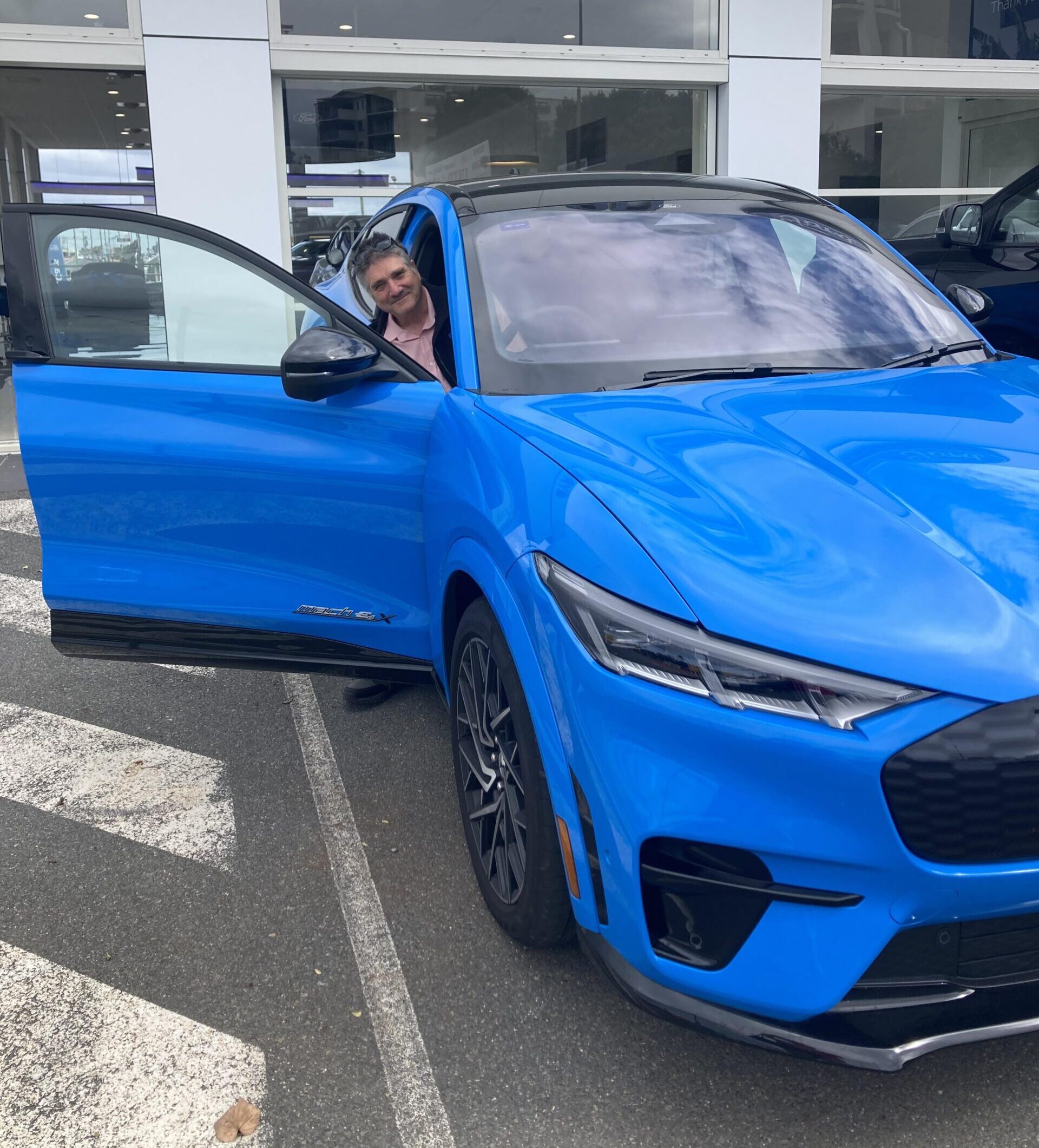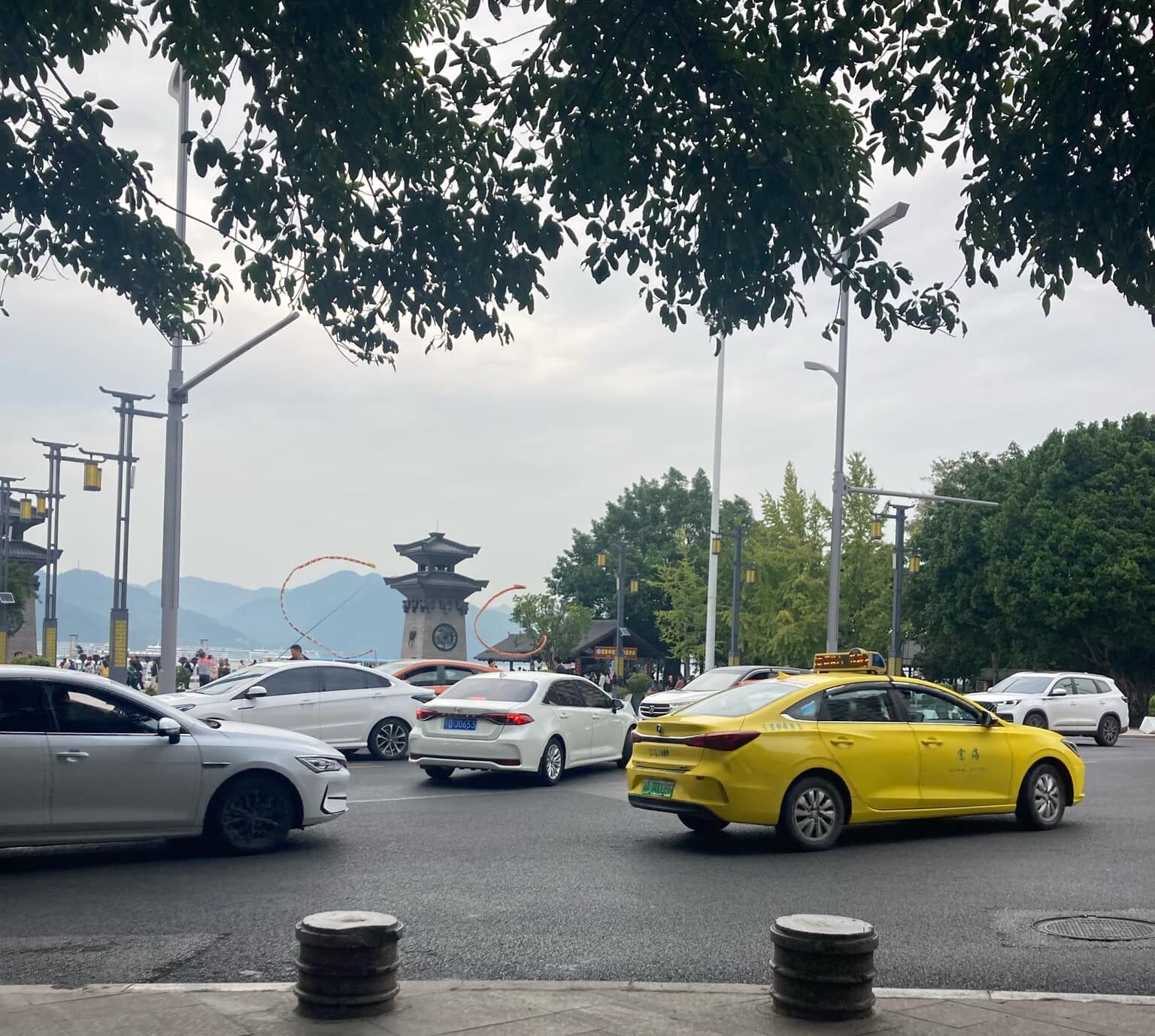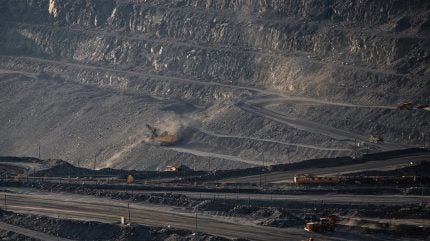Sign up for daily news updates from CleanTechnica on email. Or follow us on Google News!
Weird things are happening in the Australian auto market at the moment. In recent weeks, we have seen the launch of several new electric vehicles: the BYD Shark EREV ute (see here), the fully electric Jeep Avenger, and the Deepal SO7 SUV made by Changan from China. Not only that, but several more will launch before Christmas. I can’t keep up, but will do my best to check out these cars in due course.

The mass media are doing positive feel-good spots at the end of the news (probably because carmakers are now advertising their electric offerings on prime time TV), and yet … and yet … sales are falling. What is going on? Something weird in the neighbourhood. Are people waiting for the new specials? New vehicles? There is a great deal on at the moment with the MG4 undercutting all other EVs and many HEV vehicles at AUD$31,000. This has led to a quadrupling of sales. Has Fear of Change been overcome by Fear Of Missing Out (FOMO)? If the MG4 is anything go by, this is what happens as prices fall. We also need to take into account Australia’s comparatively high inflation and cost-of-living pressures on the average household. These should ease next year as widely anticipated interest cuts hit the market.
So, what’s the issue? Sales are falling, as numbers of available vehicles rise and mass media turns positive. There will have to be a dam-breaking moment at some time in the next few months. Penetration of new sales has fallen to the lowest point in 12 months, at 6.8% BEV and approximately 2.5% PHEV. Most of the PHEVs sold were the BYD Sea Lion 06, which could be more accurately categorised as an EREV (Extended Range Electric Vehicle). More details on the Sea Lion 06 are here. It will be interesting to see if BYD brings out more EREVs in 2025.
Out of a market of around 100,000 vehicles sold per month, October saw 6414 BEVs sold in Australia. Roughly the same as September, and significantly fewer than earlier in the year. VFacts notes that over 1 million cars have sold in Australia this year to date. The top three best-selling brands were: Toyota — 18,471 vehicles; Ford — 8,581 vehicles; and Mazda — 7,656 vehicles.
Thew top selling BEVs in Australia in October 2024:
- MG4 — 1,486
- Tesla Model Y — 1,042
- Tesla Model 3 — 422
- BYD Atto 3 — 330
- BYD Seal — 313
- BMW iX1 — 238
- BMW iX2 — 160
- Volvo EX30 — 159
- GWM Ora — 154
- BMW i4 — 142
According to Drive, more than 40 new electric vehicles are set to launch in the Australian market by the end of 2026. That’s almost two a month. I am going to be a busy boy. These include affordable models like the Hyundai Inster; and more expensive models like the Polestar twins, 3 & 4; Zeekr; Xpeng; Skywell; Leapmotor (but not the cheap one); and the list goes on and on.
I am keeping an eye on the city EVs, utes, and delivery vans. I think we have enough electric SUVs, thank you very much. In any case, there will be lots of choice and competition for the Aussie dollar.
A regular correspondent opined to me that “the price cuts for new EVs are beginning to sound like specials offered by the big supermarkets, but may be more genuine. When originally announced, the Zeekr X SUV single-motor RWD version was priced below $60,000 and the dual-motor AWD version would be below $70,000 before on-road costs. However, on arrival, the prices have been reduced to $56,900 and $64,900 before on-road costs. Both are powered by the same 66 kWh nickel-cobalt-manganese battery pack, delivering up to 540 km of range in the RWD variant and 470 km in the AWD version. At these prices, these well-equipped cars will attract buyers.” Well said, Arthur.
Coming back to the “something weird in the neighbourhood department,” we recently had a brief power outage. Of course, some of the vocal, local yokels were quick to blame electric cars. The cream of the comments on Facebook included: “Too many EV’s been plugged in and caused a system overload. Happening regularly now, especially on Friday evenings.” The response was quick: “EVs only charge on Thursdays, so it can’t be them.”
“I was driving up Handsford Rd towards Bracken Ridge everything went black and saw a green light up the sky.” “ET coming back?” “The Green Lantern?” “I did see a silver DeLorean drive past after the loud bang and power loss.”
Some thought it might have a more mundane cause, like gum tree branches falling on power lines. Personally, I lean towards an attack by vampire possums and drop bears. It is Australia, after all.
New Zealand EV Sales
Over the ditch, in New Zealand October’s penetration rates remain stable, at about the same rate as Australia, 6.8% BEV and about 4% PHEV.
The top ten best-selling BEVs in New Zealand in October 2024 were:
- Ford Mustang Mach-E — 143 sales
- BYD Atto 3 — 59
- Tesla Model Y — 48
- MG4 — 35
- Volkswagen ID.5 — 34
- Skoda Enyaq — 28
- Polestar 2 — 27
- Nissan Leaf — 26
- Kia EV9 — 24
- Mini Aceman — 21

James from EVDB tells us that “The Ford Mustang Mach-E had a big month. Due, in part, to extremely competitive ‘dealer-only’ pricing. The Mach-E is the second most popular EV of 2024 (behind the Tesla Model Y).” Something weird in the neighbourhood in New Zealand also with “2023 EVs still on dealer lots. Going into 2025 with ‘two-year-old’ ‘new’ cars is not a desired outcome.”
EVDB reports that the New Zealand passenger car fleet consists of about 2% BEVs. Cars that were flying off the dealers’ lots in 2023 are now not selling despite some being priced below the rebated price last year (under the previous government’s generous rebates). James offers this analysis: “This suggests perception, sentiment, and signalling are key factors behind modest EV uptake in NZ. Perception: ‘EVs pay Road User Charges now — petrol/hybrid cars don’t — EVs sound expensive to run’. Sentiment: ‘I hear there’s been a downturn in EV sales, sounds like the wrong car to buy.’ Signalling: How government policy might set a direction for the market (e.g., weakening emissions standards sends a signal): ‘Clean cars are no longer something we need focus on.’”
2024 is soon to end and 2025 is just around the corner. The world is moving further to the right and there is chaos in the global auto industry. In Australia and New Zealand, there are signs that the dam will soon break and hopefully our roads will soon look like the quiet, combustion-free streets we saw on our recent trip to China. I’ll be able to recognize the car brands, at least.


Chip in a few dollars a month to help support independent cleantech coverage that helps to accelerate the cleantech revolution!
Have a tip for CleanTechnica? Want to advertise? Want to suggest a guest for our CleanTech Talk podcast? Contact us here.
Sign up for our daily newsletter for 15 new cleantech stories a day. Or sign up for our weekly one if daily is too frequent.
CleanTechnica uses affiliate links. See our policy here.
CleanTechnica’s Comment Policy




